6 Toothbrushing Tips for Brushing Better
Do you think about the way you brush your teeth every day or is it more of an automatic procedure? Here are 6 tips to make your brushing more effective.

- Review your technique. Generally, most plaque accumulates along the gumline and between the teeth. When brushing the goal is to feel the bristles along the gumline. Angle your toothbrush at a 45-degree angle towards your gums. Slowly move in a back-and-forth motion around the mouth. Slightly open your mouth, and only focus on a couple teeth at a time while you count 1, 2, 3, and then move the toothbrush to the next couple teeth.
- Slightly close when brushing your back teeth. Although this may sound counterintuitive, when you open wide you will contract the muscle in your cheek that sits along your back teeth. If you close slightly and relax the muscle, you allow the toothbrush the space needed to reach those back teeth without getting stopped by your cheek muscle.
- Turn your toothbrush vertically. To clean the inside surface of the front teeth, angle the brush vertically instead of using a horizontal motion. Make several up-and-down strokes.
- Spit don’t rinse. Rinsing your mouth with water removes the fluoride or other active ingredients you’ve just brushed onto your teeth. Fluoride helps strengthen the enamel.
- Slow down when brushing. We often brush way too fast. It is recommended to brush your teeth for two minutes twice a day, so if you are not sure how much time you are spending on brushing—time yourself! Again, focus on a couple teeth at a time for a few seconds before moving onto the next teeth.
- Start with the difficult areas first. It is important to brush all surfaces of your teeth. Having a sequential method will help ensure nothing is missed. Depending on your dominant hand, you are probably going to start your brushing on the opposite side of your mouth. For example, right-handed people will start brushing on the left side of their mouth on the cheek side of the tooth. We tend to be very aware of our brushing technique in the beginning and then go on autopilot as we continue to brush.
So, why not start in areas that are more difficult to brush and then leave the easier-to-reach areas for last, when we have most likely switched to autopilot brushing? For example, start brushing those hard to reach inside surfaces of your teeth, continue with the outside and finish by brushing the chewing surfaces.


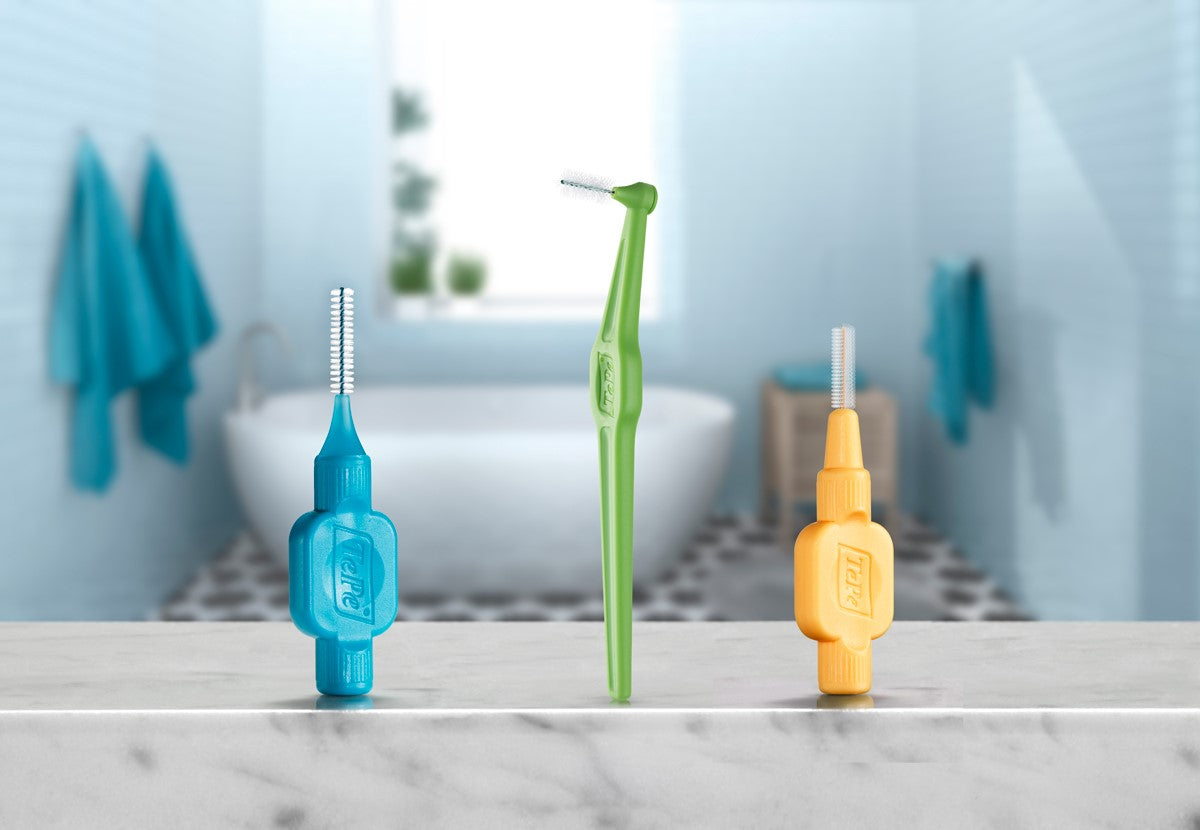
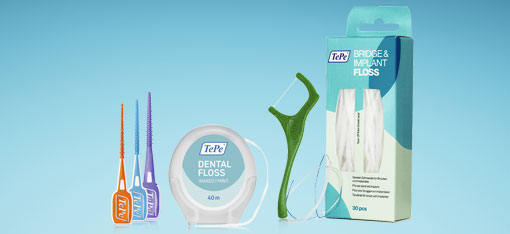
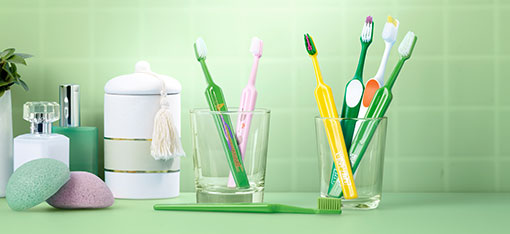
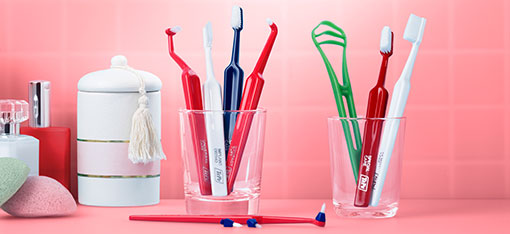
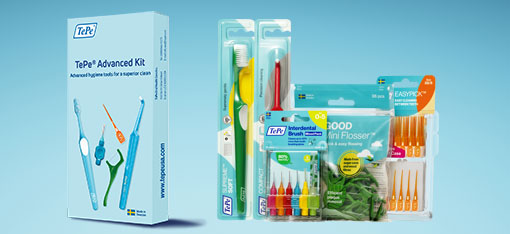

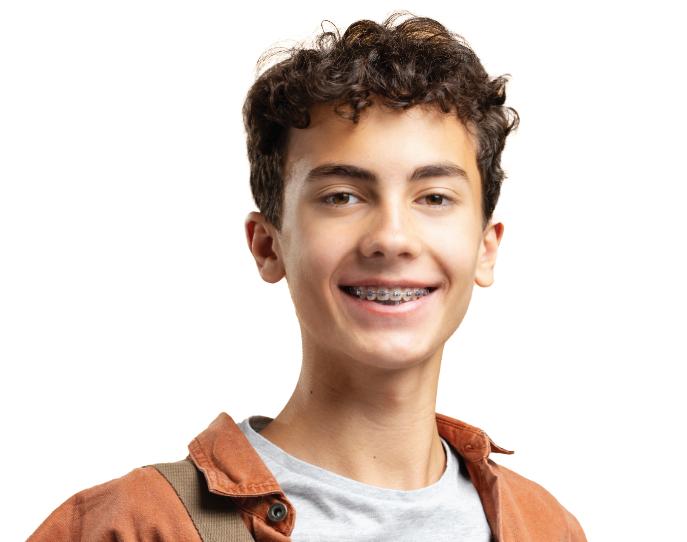


Leave a comment